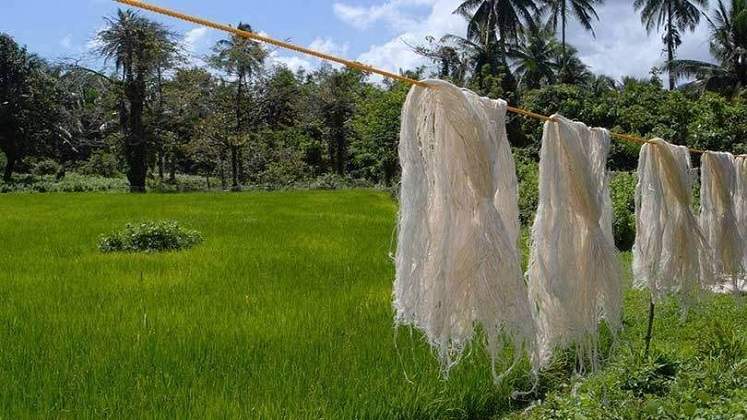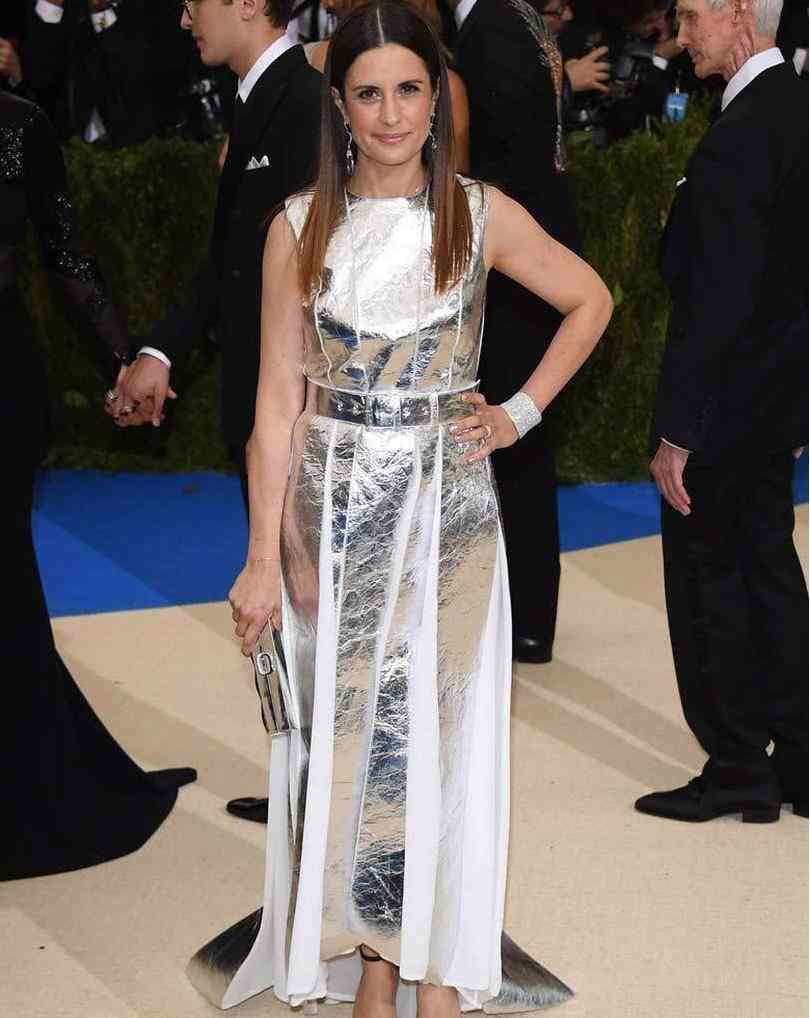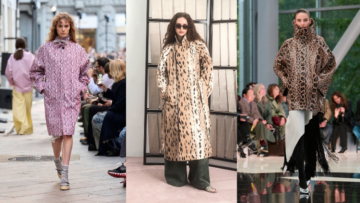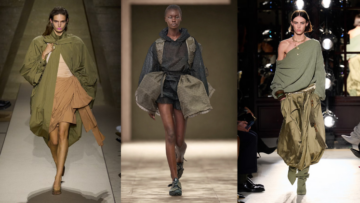In the wake of the current situations, awakening of the fashion industry has brought up a consciousness about ill-effects caused by emissions in the atmosphere. From the changes in product sourcing policies by luxury brands, to adoption of sustainable models by fast fashion brands, the level of urgency can be estimated.
To cater to the increased demand for sustainable fibre solutions, pineapple fibre is providing better alternatives to leather and accessory manufacturers. As a part of eighth edition of the Conscious Exclusive campaign, H&M inaugurated its latest collection made out of sustainable materials. For the first time, a jacket composed of Piñatex, pineapple leather, with citrus fruit residues and nettle plant extracts was presented by H&M. “Piñatex could replace half of the global leather market,” said President of ‘Ananas Anam’ ( the distributer of Piñatex), Mélanie Broyé-Engelkes.
Being a plant-derived fibre, pineapple fibre is naturally obtained making its supply a continuous and biodegradable option for various technical uses. Development of technology in the fashion industry plays an important role in driving the change towards sustainability.
FashionUnited is determined to opt for a better alternative to leather, that is pineapple leather, tested and developed in the new series. On the company’s pledge to go vegan, the collections also showcased fabrics derived from coffee and lotus fibres. Now, the focus is on leather goods to be replaced by pineapple leather designs.
For such sustainable ambitions, Ananas Aman is developing non-woven, naturally-extracted textile out of pineapple leaves with a texture, colour and feel similar to that of leather. The fabric was a result of the efforts by Dr. Carmen Hijosa, who was inspired by the environmental impact and ethical solutions that could be solved using plant-based fibres. “The inspiration to use the fibres found in pineapple leaves came in part from the use of this raw material in traditional delicate fabrics,” said Hijosa.
The most appreciated part about pineapple fibre production is that it does not include use of any heavy metal oxides and other hazardous chemicals which are harmful to manufacturing, people and also to the environment. Additionally, no by-products used are animal derivatives, and are a means of waste utilisation, adding on to the sustainability strength of pineapple fibre manufacturing. The fabric thus obtained is strong, moisture retaining, breathable, flexible, versatile and shows less resistance to dyeing and printing.
Due to these properties and excellent performance, pineapple fibre has won many awards like the Best Innovation Award in 2015, The Grand Designs Hero in the year 2016, and certified cruelty-free label by PETA in 2015. Ranging from clothing, interiors, to footwear and accessories, many brands and celebrities have now incorporated pineapple fibre as a replacement of leather in new collections. For instance, recently Livia Firth, an Eco-activist and Film Producer, styled a silver gown designed by Italian designer Laura Strambi for the Met Gala, made of Pineapple fabric ‘PiñatexORO’. Other brands like TimeIVChange, Bourgeois and Alexandra K. have already started launching collections using pineapple fibres.
Pineapple fibre is an innovative naturally-derived new form of tissue which is made out of pineapple leaves, a waste generated from pineapple fruit harvest. It was only after decades of research, and efforts by Dr. Hijosa, that its potential is visible to the world. “The subsequential step to turn this innovation into a more robust textile which was also commercially viable was the result of many years of research and development,” Hijosa added. Usually, fibres are extracted from the inner flesh of pineapple peels and leaves. The leaves which would elsewise be sent for compost, are being utilised to extract fibres by a decorticator machine. The production of fibres is done through the following steps:
- Cutting and Peeling: The pineapple plant is pulled off from beneath the ground; the leaves and peels are parted into bundles vertically before it is manually separated to extract the residual part after fruit harvest.
- Fibre Extraction: The peels and thicker leaves are peeled and collected manually. The extracted parts are passed through pressure rollers in a machine to get the fibres separated well. Before further processing, the excess of moisture and water is removed as the leaves pass through rollers as in a sugarcane juicer.
- Fibre Separation: The peeler and pressed leaves are pulled off the rollers by the operator, automatically separating the fibres, and the pulp gets collected at the bottom.
- Washing and Drying: Extracted fibres are washed carefully in a tank, squeezed, hung on railing and left to sundry. Once dried properly, fibres are sent to spinning centres and the yarn is prepared.

Technical applications of pineapple fibre include wedding and party outfits, casual wear and formalwear. With the lustrous silky texture, pineapple fibre is being used as a substitute to traditionally used expensive cotton in utility wear. PALF (Pineapple Leaf Fibre) is used in aggrotech, hometech and clothtech textiles. From ropes, to bags, mats, linens and leather seatings, PALF can be used alone or in blended form with other fibres to replace more water consuming fibres. They are placed among the best innovative entrants in the paper manufacturing, and composite manufacturing industry. With its multifarious vitamins, minerals and compounds, PALF finds applications in the therapeutic, cosmetic and pharmaceutical industries as well.

Although, there are a lot of potential benefits of using pineapple leaf fibre, there are some pitfalls that cannot be neglected. In the region of Costa Rica, cases have been witnessed where pesticides’ treated pineapple leaves were used in making PALF, which was not as biodegradable as the untreated leaves. Challenging the scope of pineapple fibre derivatives in the current scenario, critics raised the point of ‘how ecological is the pineapple fibre actually?’ which is yet to be answered. However, processing of fibres to create desired output sometimes forces the fibre to undergo chemical treatments. Currently, it is known by experiments that 16 pineapples (approximately 480 leaves) are required to manufacture a bit more than 10 sq. ft. of fibre, which is 20 per cent less expensive than leather. Thus, pineapple fibre is indeed a comparatively sustainable and ecological alternative to leather and synthetic fibres.









